One of the most important parameters characterising the quality of a thermal imaging detector/sensor is the Noise Equivalent Temperature Difference (NETD) which describes its thermal sensitivity. This parameter is measured in millikelvin (mK) and denotes when the temperature value signal is equal to the noise signal.
When in use, a thermal imaging detector registers not only useful signals but also noise; which interferes and prevents it from producing a clear, quality image. In an instance where the noise signal is equal to the smallest temperature difference that can be perceived by the unit, the thermal detector is not able to discern a useful thermal signal to resolve an image of the object. The higher the noise level, the higher the NETD of the thermal detector and the worse it can discern small temperature differences.
In practice, this means that when the temperature difference of an object drops down low enough, the heat signature it is radiating may merge with noise to such an extent that the thermal imager can fail to distinguish the object’s signal from noise. When this happens the object in the scene merges with the background or other objects in the scene and becomes practically indiscernible. Therefore, the lower the NETD value (specified in millikelvin (mK)) the better the sensor can register small temperature differences. The below scale can be used to determine the quality of a thermal detector:
<25 mK (Excellent)
<40 mK (Good)
<50 mK (Acceptable)
<60 mK (Satisfactory)
(If the measurement is taken for a specific detector or thermal imager, the value is written without the ‘<’ sign. For batch or for multiple units of the same type the value is written with ‘<’ sign).
In conditions when the temperature differences of observed objects are minimal (for example; cold weather, rain or fog) the thermal imager with the lower NETD value will show a better quality image with more information in it. In other words, the unit with the lower NETD value will show object details with more contrast and be more visible.
To measure NETD an infrared calibration device known as a black body is used which emits a predetermined uniform temperature. During the measurement process, the black body is set to a specific temperature and over a set time, a series of frames are taken. The frames of the black body surface are then used to generate a histogram of all of the pixel values. The NETD is the standard deviation of this histogram converted into millikelvin.
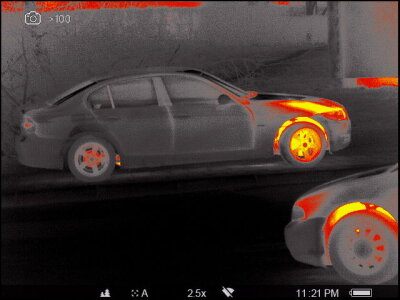 |
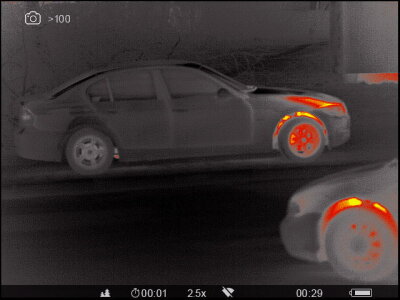 |
| 25mK NETD |
40mK NETD |
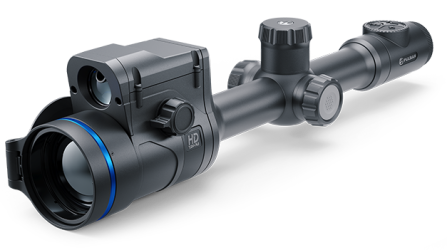 Thermion 2 LRF XL50
Thermal Imaging Riflescope
Thermion 2 LRF XL50
Thermal Imaging Riflescope
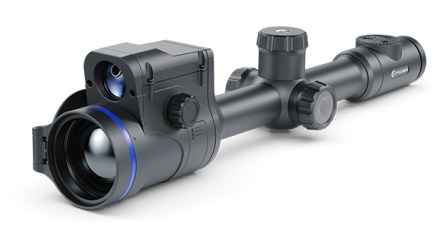 Thermion 2 LRF
Thermal Imaging Riflescopes
Thermion 2 LRF
Thermal Imaging Riflescopes
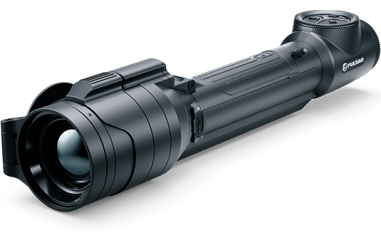 Talion
Thermal Imaging Riflescopes
Talion
Thermal Imaging Riflescopes
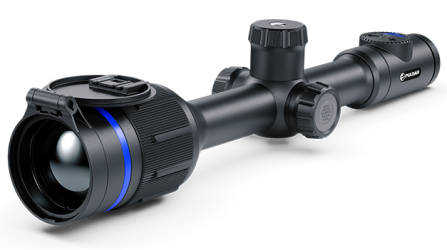 Thermion 2
Thermal Imaging Riflescopes
Thermion 2
Thermal Imaging Riflescopes
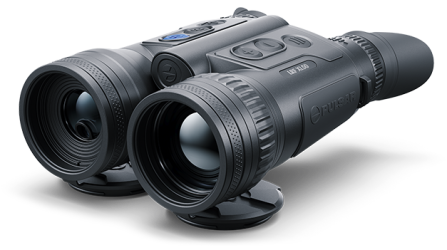 Merger LRF XL50
Thermal Imaging Binoculars
Merger LRF XL50
Thermal Imaging Binoculars
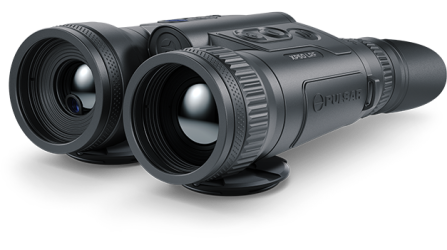 Merger LRF XP50
Thermal Imaging Binoculars
New
Merger LRF XP50
Thermal Imaging Binoculars
New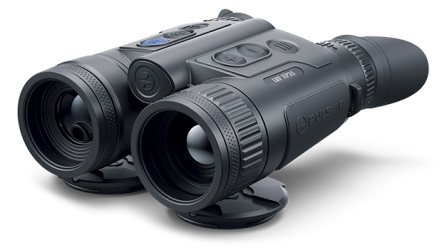 Merger LRF XP35
Thermal Imaging Binoculars
Merger LRF XP35
Thermal Imaging Binoculars
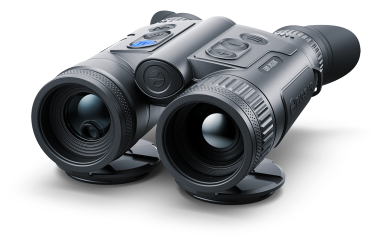 Merger LRF XQ35
Thermal Imaging Binoculars
New
Merger LRF XQ35
Thermal Imaging Binoculars
New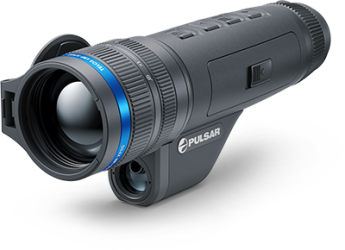 Telos
Thermal Imaging Monoculars
Telos
Thermal Imaging Monoculars
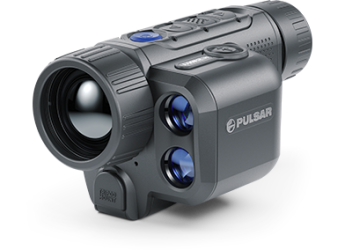 Axion 2 LRF
Thermal Imaging Monoculars
Axion 2 LRF
Thermal Imaging Monoculars
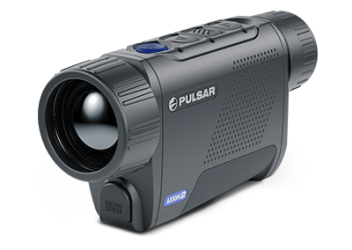 Axion 2
Thermal Imaging Monoculars
New
Axion 2
Thermal Imaging Monoculars
New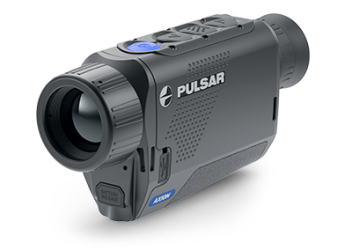 Axion XQ30 PRO
Thermal Imaging Monoculars
Axion XQ30 PRO
Thermal Imaging Monoculars
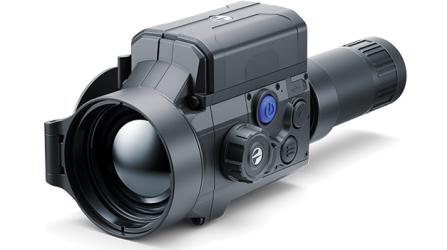 Krypton 2
Thermal Imaging Monocular
Krypton 2
Thermal Imaging Monocular
 Axion XM30F
Thermal Imaging Monoculars
Axion XM30F
Thermal Imaging Monoculars
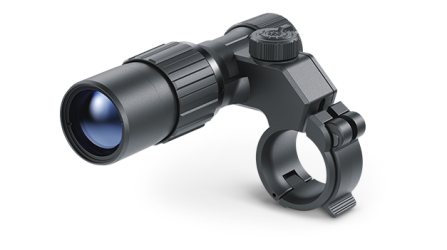 Pulsar Digex-XS
External Infrared Illuminators
Pulsar Digex-XS
External Infrared Illuminators
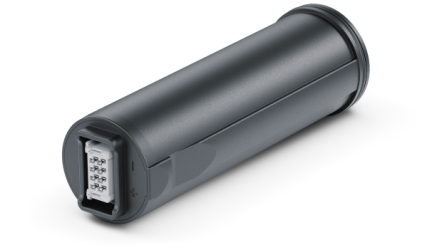 APS Batteries
Battery Packs
APS Batteries
Battery Packs
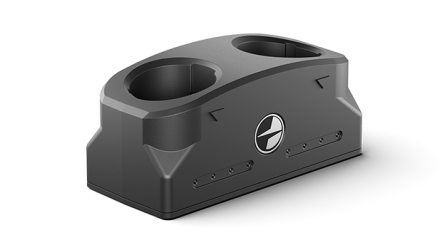 APS Chargers
Battery Chargers
APS Chargers
Battery Chargers
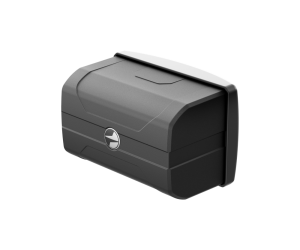 IPS Batteries
Battery Packs
IPS Batteries
Battery Packs
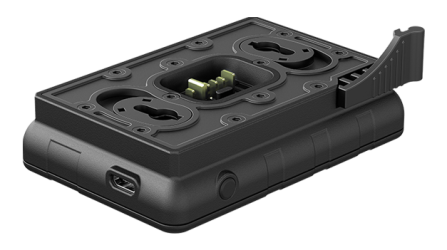 IPS Battery Charger
Battery Charger
IPS Battery Charger
Battery Charger
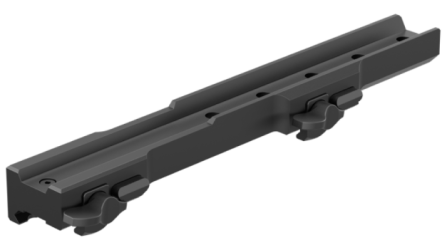 Rifle Mounts
for Pulsar Riflescopes
Rifle Mounts
for Pulsar Riflescopes
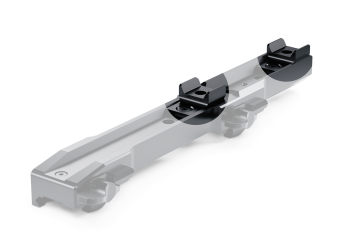 H7 Spacers
Repair Kits
New
H7 Spacers
Repair Kits
New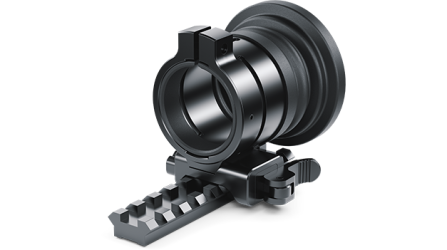 PSP-V Weaver Rail Adapter
Adapter
PSP-V Weaver Rail Adapter
Adapter
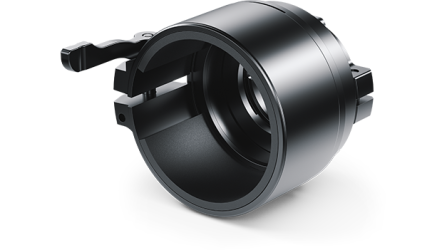 PSP Ring Adapters
Adapters
New
PSP Ring Adapters
Adapters
New PSP-B Ring Adapters
Ring Adapters
PSP-B Ring Adapters
Ring Adapters
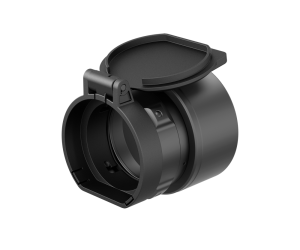 FN Adapters
Cover Ring Adapters
FN Adapters
Cover Ring Adapters
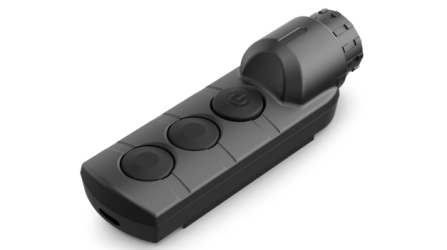 Remote Controls
for digital devices and thermal imagers
Remote Controls
for digital devices and thermal imagers
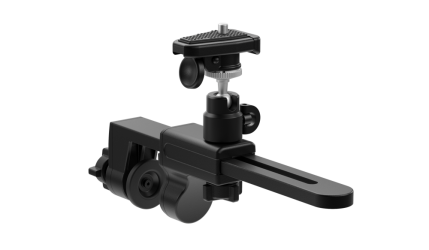 C-Clamp Mount
Pulsar Accessories
C-Clamp Mount
Pulsar Accessories
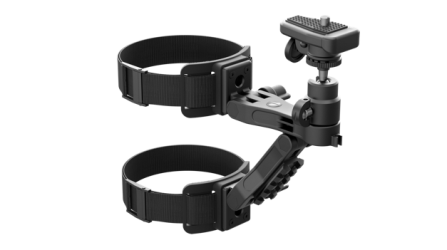 Tree mount
Pulsar Accessories
Tree mount
Pulsar Accessories
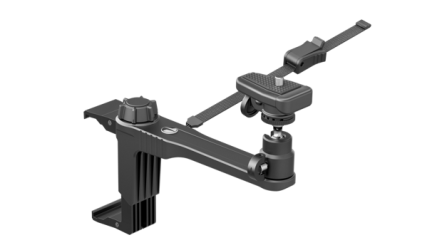 Window Frame Mount
Pulsar Accessories
Window Frame Mount
Pulsar Accessories
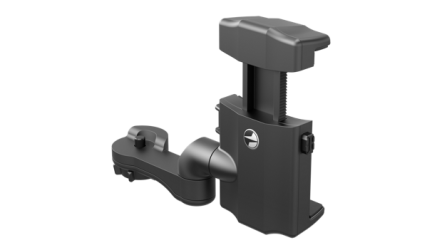 Helion Flip-Up Phone Mount
Pulsar Accessories
Helion Flip-Up Phone Mount
Pulsar Accessories
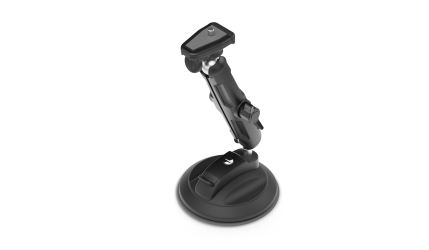 Flat Glass Mount
Pulsar Accessories
Flat Glass Mount
Pulsar Accessories
 Neck Straps
Accessories
New
Neck Straps
Accessories
New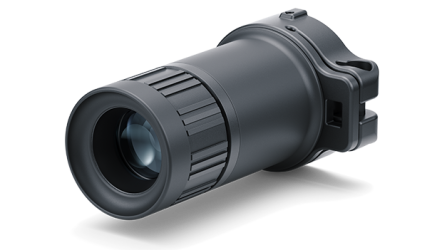 Monocular Pulsar 3x20 B
Accessories
Monocular Pulsar 3x20 B
Accessories
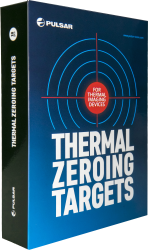 Thermal Zeroing Targets
Accessories
Thermal Zeroing Targets
Accessories
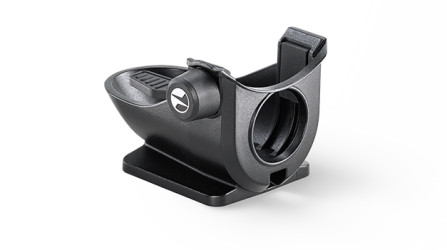 Telos LRF Tripod Adapter
Pulsar Accessories
Telos LRF Tripod Adapter
Pulsar Accessories









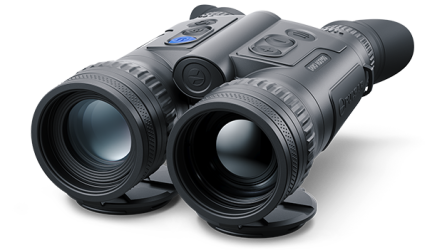
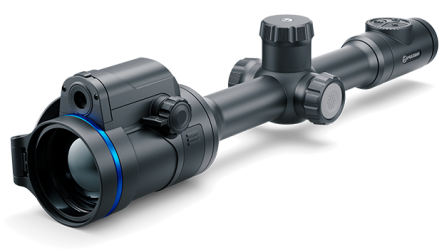
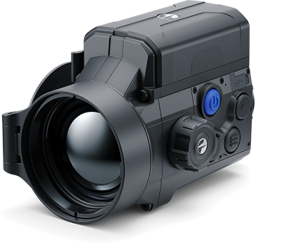
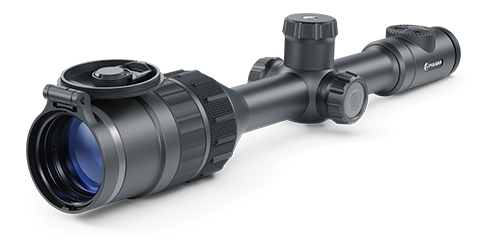
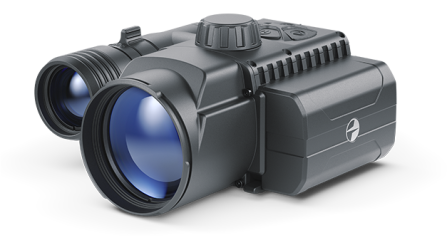
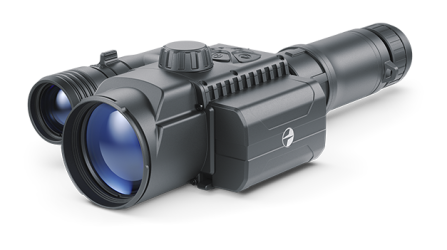



 English
English German
German French
French Spanish
Spanish Italiano
Italiano English
English Lietuvių
Lietuvių
